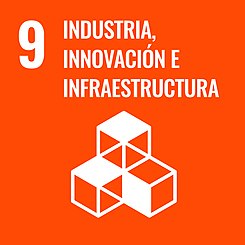Technological watch
Valorization of Sugarcane Straw for the Development of Sustainable Biopolymer-Based Composites
Sugarcane straw (SCS) is a common agro-industrial waste that is usually incinerated or discarded in fields after harvesting, increasing the importance of developing added-value applications for this residue. In this study, sustainable biocomposites were produced, and the effect of sugarcane straw as a filler/reinforcement of commercial biopolymers was evaluated. Biocomposites were prepared using polylactic acid (PLA), polyhydroxybutyrate (PHB), polyhydroxybutyrate-co-hydroxyvalerate (PHBV), or green polyethylene (Green-PE) with different fiber contents (20, 30, and 40 wt.%). Dry-blending followed by compression molding was used for the biocomposites preparation. The results showed that PLA, PHB, and PHBV biocomposites retained the same impact strength as the neat matrices, even with 40 wt.% of sugarcane straw. The flexural and tensile modulus of PLA, PHB, and PHBV biocomposites increased with 20% of SCS, whereas, in Green-PE biocomposites, these properties increased at all fiber contents. Since any compatibilizer was used, both the flexural and tensile strength decreased with the addition of SCS. However, even with the highest content of SCS, the tensile and flexural strength values were around 20 MPa, making these materials competitive for specific industrial applications.
Publication date: 29/09/2021
Author: Jorge R. Robledo-Ortíz
Reference: doi: 10.3390/polym13193335







